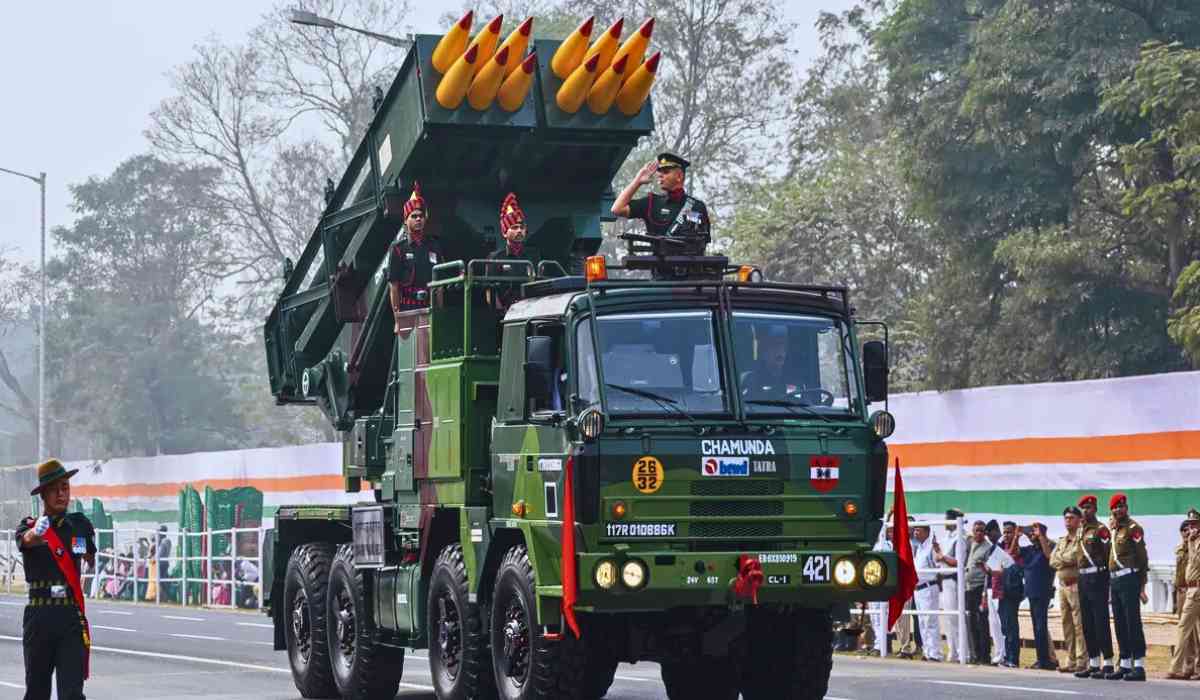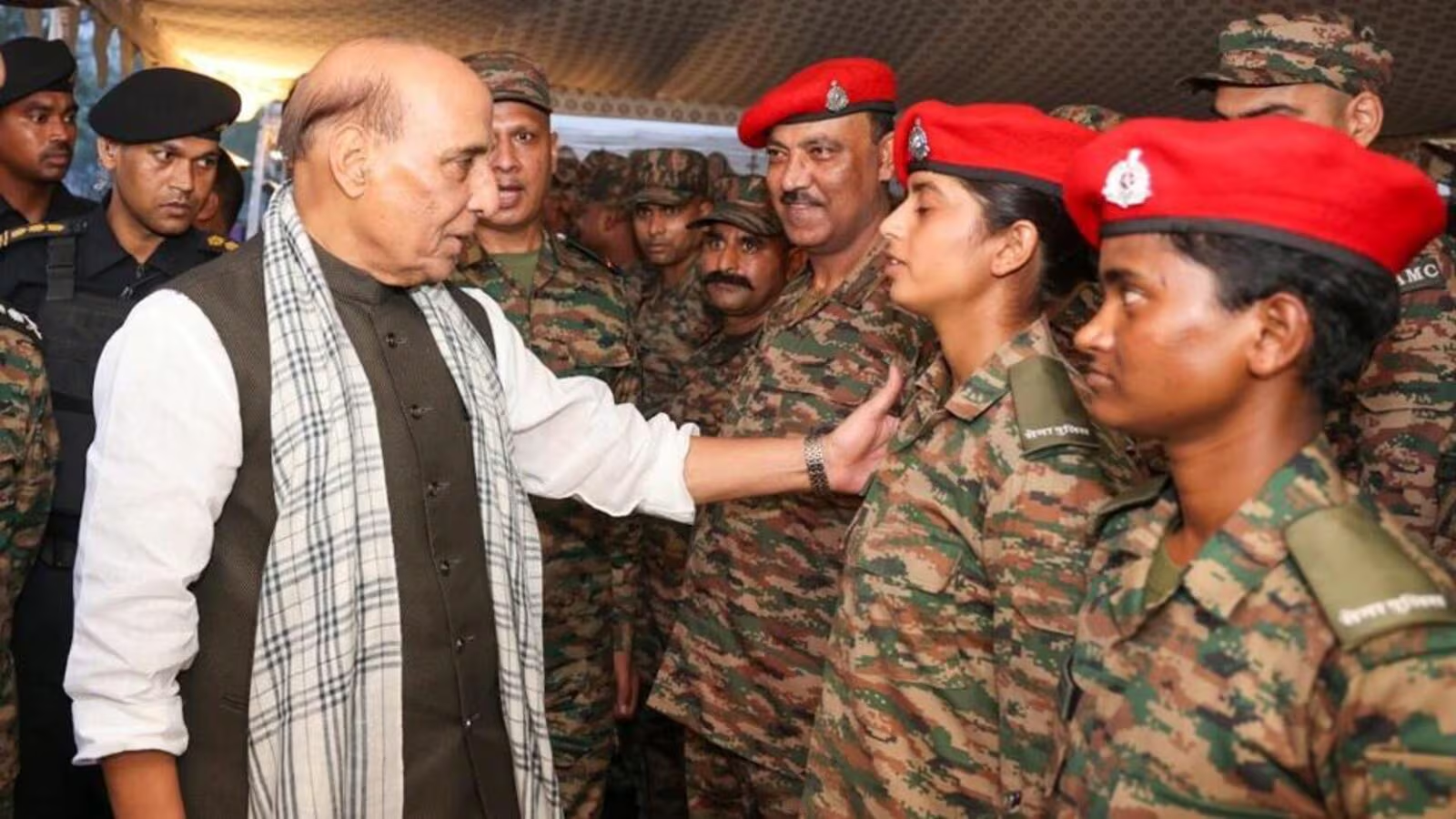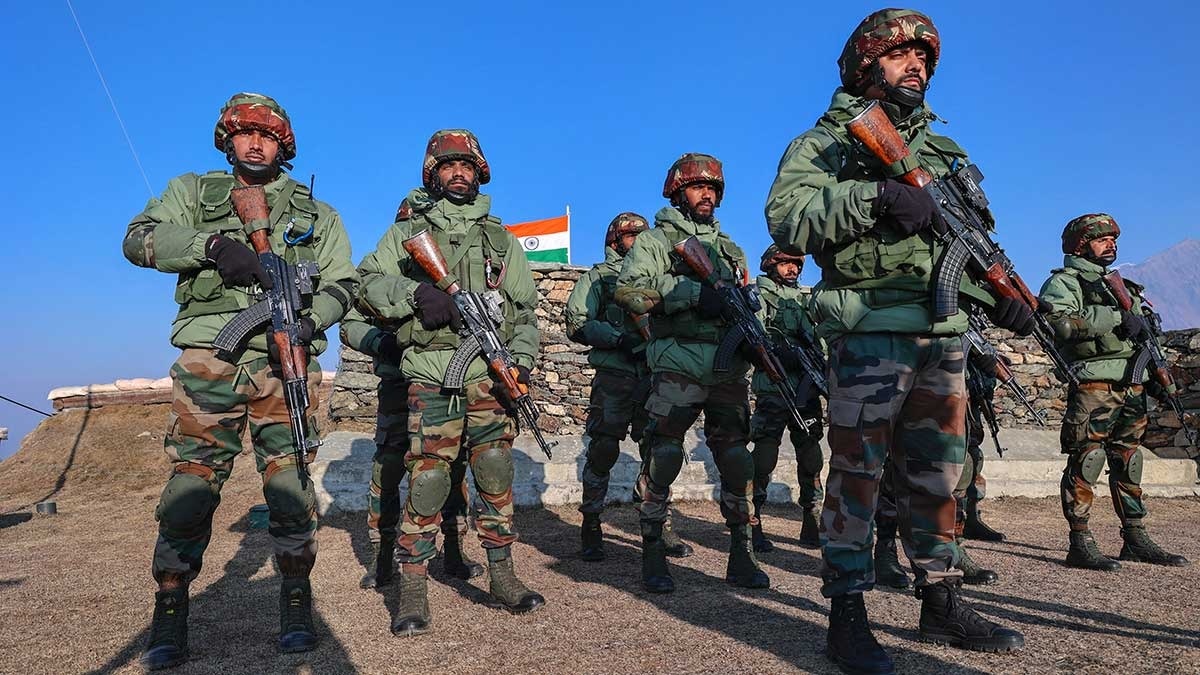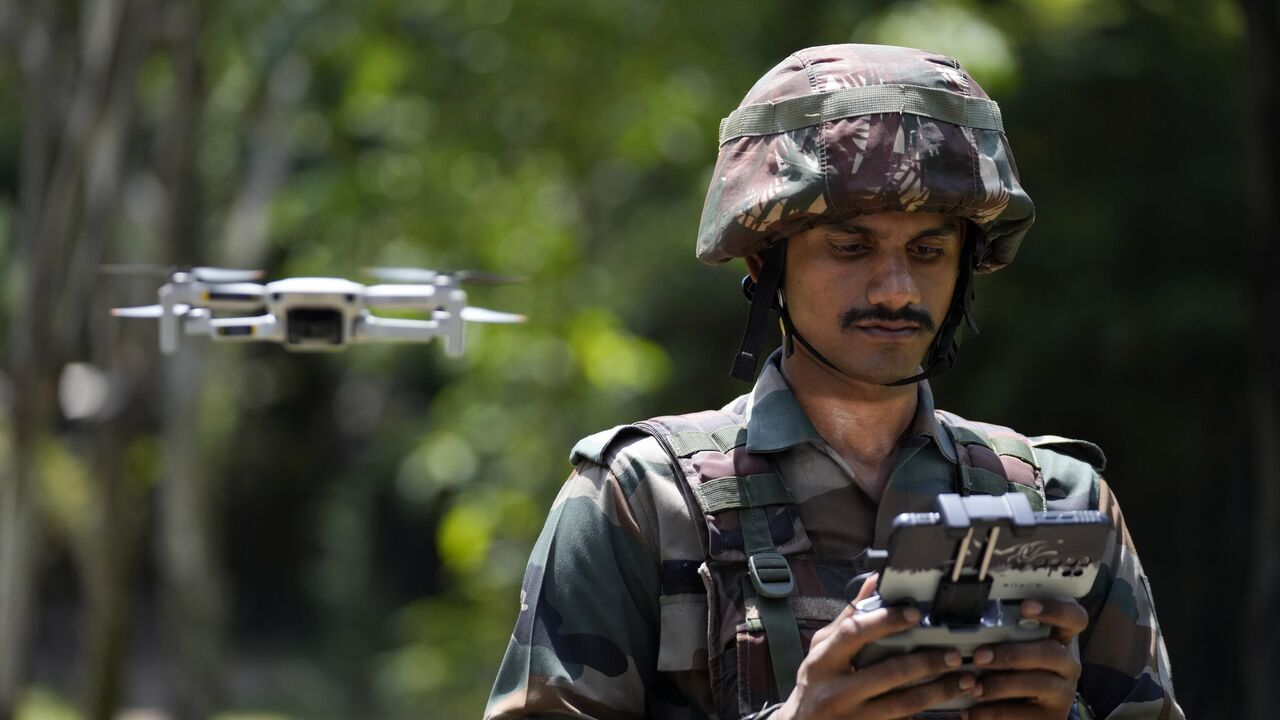On July 3, 2025, the Defence Acquisition Council (DAC), chaired by India’s Defence Minister Rajnath Singh, approved 10 major capital acquisition proposals. The total value? A whopping ₹1.05 trillion (that’s ₹1.05 lakh crore) — and importantly, all under the “Buy (Indian–IDDM)” category, meaning the military hardware will be designed, developed, and made in India.
What India Is Buying
The DAC approved funding for a wide range of systems:
-
Armoured Recovery Vehicles – For rescuing damaged military vehicles.
-
Electronic‑Warfare (EW) systems – To detect or jam enemy radars and communication.
-
An Integrated Inventory Management System for the Army, Navy, and Air Force.
-
Quick‑Reaction Surface‑to‑Air Missiles (QRSAM) – Mobile missile systems to shoot down aerial threats.
-
Mine Counter‑Measure Vessels (MCMVs) and moored sea mines – Filling a long-standing gap in naval safety.
-
Super‑Rapid Naval Gun Mounts and submersible autonomous vessels – To boost naval firepower and underwater surveillance.
Why Now? The Strategic Context
These clearances come amid ongoing Operation Sindoor, which underscores India’s focus on strengthening its defence posture.
Here's why this matters:
-
Boosting Mobility & Air Defence – Faster supply and strong anti-air systems help respond quickly to threats.
-
Closing Critical Gaps – The Navy hasn’t had active minesweepers since the last fleet retired ~6 years ago. Now, India is planning to buy 12 new vessels in a ₹44,000‑crore project.
-
Aatmanirbharta (Self-Reliance) – By choosing domestic suppliers, India aims to grow its home industry and cut reliance on foreign tech.
Industry Perspective
A report from Nirmal Bang earlier in the year highlighted that India’s defence production reached about ₹1.27 trillion in 2023–24 and could hit ₹1.75 trillion by end FY25. India aims for ₹3 trillion by 2029, supported by nearly 92% of defence contracts going to Indian firms.
That shows two things:
-
Clearances like this ₹1.05 trillion package give a huge boost to local industry.
-
They align with India’s long-term goal of becoming a global defence manufacturing hub.
A Children’s-Level Perspective
Let’s imagine India’s military acts like a strong superhero team:
-
Armoured Recovery Vehicles are like rescue vans that help injured tanks.
-
QRSAM missiles are guardians standing ready to shoot down enemy planes or drones.
-
Minesweepers are deep-sea detectives seeking hidden underwater bombs.
-
EW systems are superheroes that block enemy spy gadgets.
-
And the inventory management system is like a magic library—a system that makes sure every soldier has the right tools, on time, without confusion.
Why Is It a Game Changer?
-
Operational Readiness: With faster rescue, better air-defence, and crucial naval gear, the armed forces can act quicker and safer.
-
Boosting Local Industry: By directing money to Indian firms, 90% of the plan supports domestic companies, building them up for future challenges.
-
Strategic Equals: This is a signal to neighbours that India is improving military muscle in a balanced and law-based manner.
Final Thought
India’s ₹1.05 trillion DAC approval is more than just new toys for the army and navy. It’s a strategic signal: India is moving deliberately toward operational strength and boosting its own defence production industry.
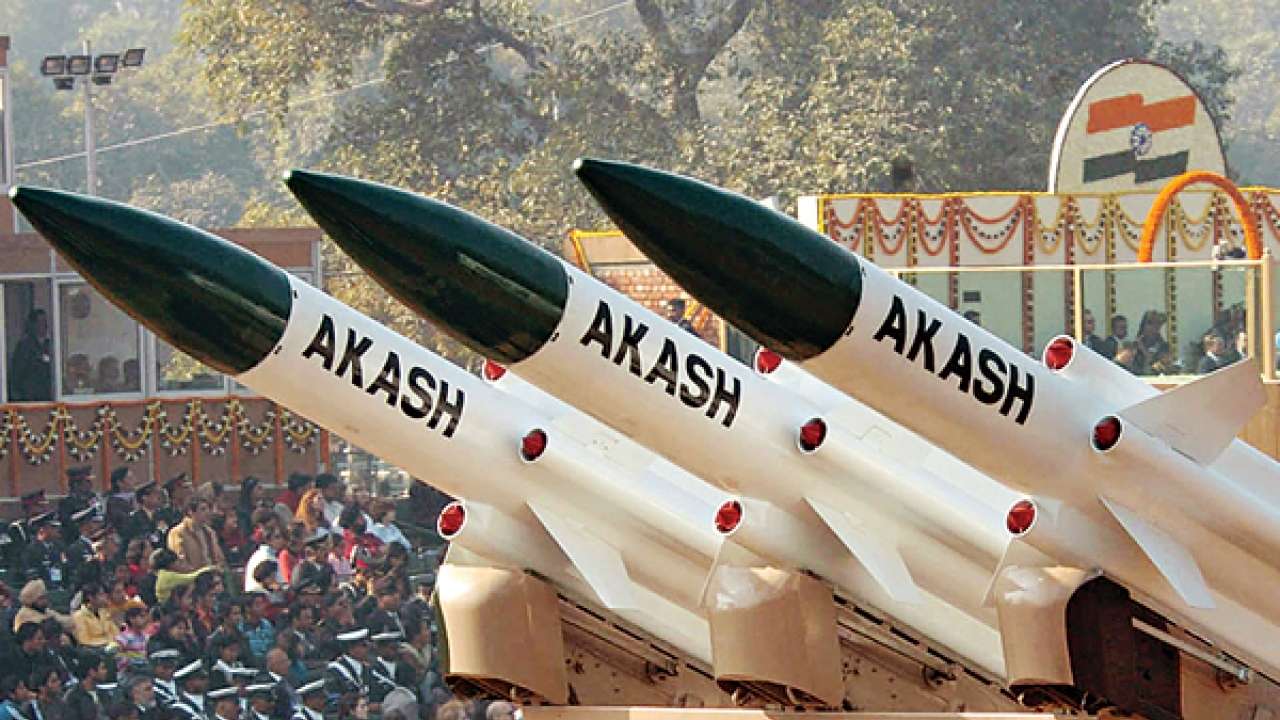
This move is not a final answer, but it’s a significant step forward—one that could reshape India’s defence landscape in years to come. And if future reports show progress on delivery, tech quality, and boosted exports, this could truly become a game changer.
With inputs from agencies
Image Source: Multiple agencies
© Copyright 2025. All Rights Reserved Powered by Vygr Media.

